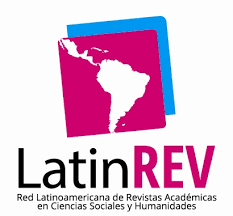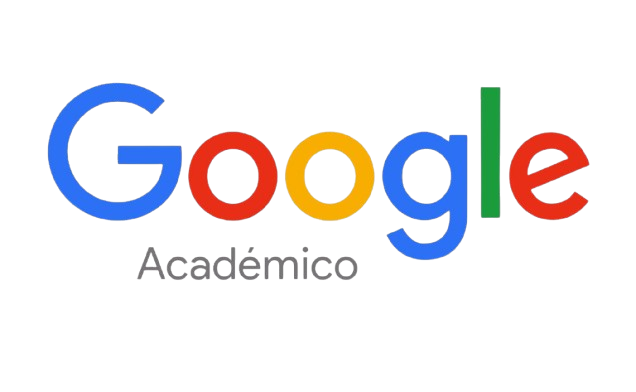Enseñanza multigrado en la Universidad, experiencia en la carrera de Arquitectura de la Universidad Columbia del Paraguay, 2015
Keywords:
Multigrade teaching, methodological strategies, infrastructure, evaluationAbstract
The need to equip students of Architecture with new competences in order to respond to the challenges of the new century, characterized by continuous innovation in constructive technologies and the use of materials, oblige the implementation of new educational paradigms since teaching. This challenge suggests the abandonment of the academic method of rote learning, in order to focus instead on a continuous research and training process, focused on the careful analysis of the knowledge made available to the student, through the use of new information technologies and communication, and the internet. With this in mind, the school of Architecture at the Columbia University of Paraguay, Spain headquarters, introduces multi-grade teaching as an innovative approach, in order to make the teaching-learning process more successful for the student, through the knowledge transmission method not only vertically between teacher and student, but also transverse between the students themselves. The present study assumes the characteristics of a bibliographic research on multigrade teaching. The sources consulted respond to research carried out for primary school mainly of rural origin, in Latin American countries, although transported to the university level, given the difficulty of accessing research sources of similar processes from the university
Downloads
Published
How to Cite
Issue
Section
License
The Editorial Committee of the Journal reserves the right to introduce formal modifications necessary to adapt the text to the publication standards, for this reason, the digital version of the article presented must be modifiable.
Once published, the printing and reproduction rights belong to the Publisher. It is optional for the Editor to allow the reproduction of the article. In this way, it works with the Creative Commons 4.0 license, which deals with non-commercial recognition, share alike.






